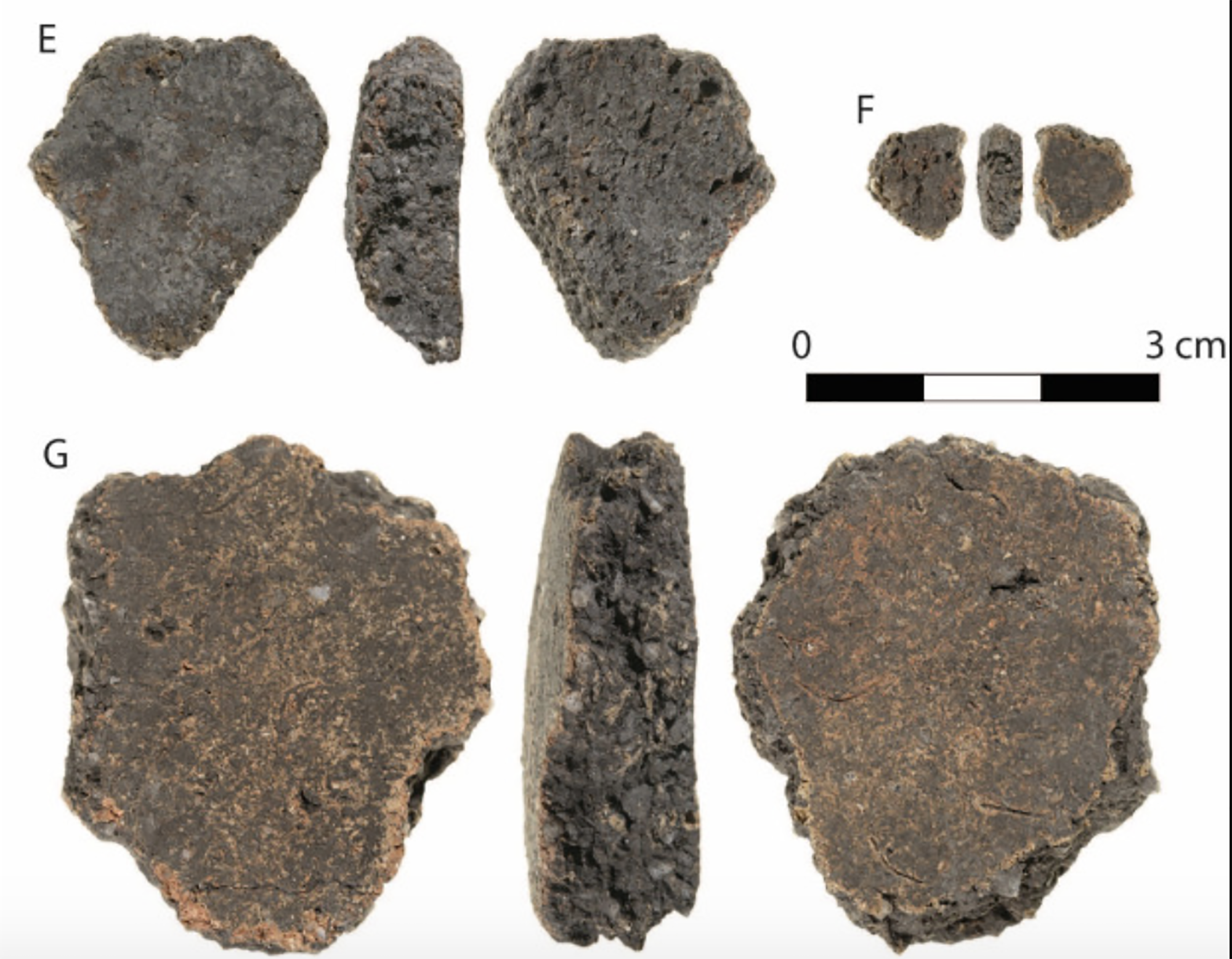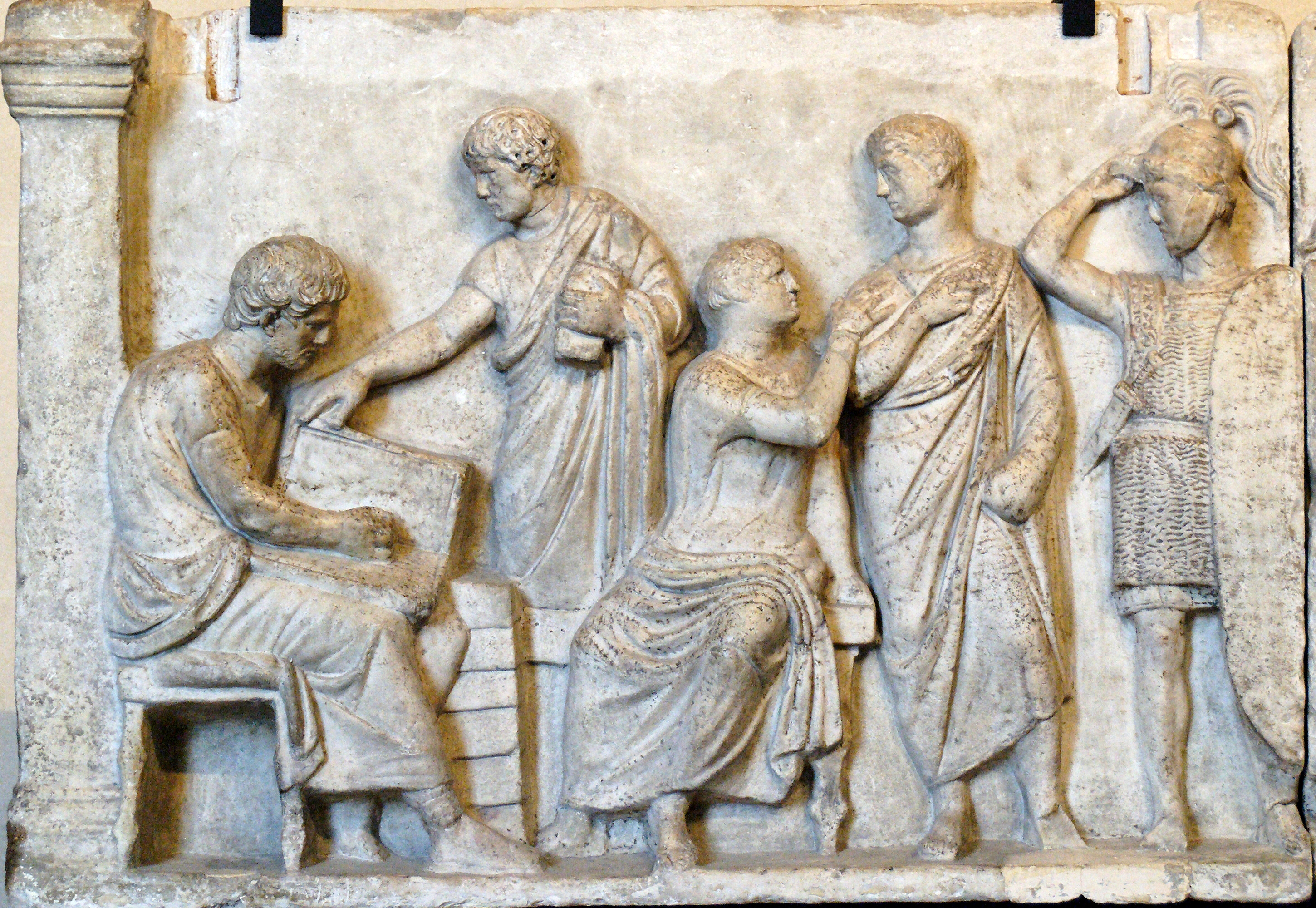The challenge of dissemination

At the end of June, Nieves Concostrina, journalist of the SER in Spain, gave an interview on Youtube his opinion against history and historians. He denounced the existence of a “plan” to “hide history from citizens”. For him, historians write “boring” so that citizens do not know history and, therefore, authorities can master and alienate us more easily. I have also heard such things many times. It seems that in class they only taught us the official history and don't want to tell us the real. However, those away from the research world do not know that in universities there have been historians trying to make social and critical history from at least the 1930s of the last century, against official history, if any.
There are many consumer products related to history outside of academia. In general, this is a highly intrusive field in which journalists, writers and opinion leaders act without any scientific basis or method. Unfortunately, these types of false historians are the most influential discoverers. Books are sold to the limit and they receive a lot of blends on social media. However, the findings of investigative costumes do not come too often to the general public. I would say that many of them are those of partisan literature and are oriented to satisfy the desires of different ideological currents. In Spain, for example, books about Black Legend or that make dog whistling on the right have great editorial success. Basically, these texts do not shake the consciences; they tell what the reader wants to read.
Another subgenre in pseudohistorical dissemination is the one that achieves a great impact. We can call him the most curious. In general, they narrate rumours and inconsistent expressions, and often use morbid or esatological content as a claim. For example, they act on the details of sexual customs or the lack of cleanliness of past times, but based on prejudices and false convictions. They continue to spread ancient myths, although new studies have refuted them today.
However, I think Snow Concostrin is a little right, because scientific historians struggle to reach people. I don't think, not at least as he says, that it's because we hide history, but we should strive to go beyond academia. I think the future is on social media and digital formats -- blogs, Twitter, Instagram, Tiktok, podcast or the like. In Basque there are interesting initiatives such as that of Nagore Irazustabarrena, his podcast Hysterical Memory in Argia. Nor should we forget that the students of the History and Heritage degree of the UPNA have just been premiered in Euskalerria Irratia. podcast. That girls! That is the way!
Members of the James Cook University and the Research Council of Australia have discovered ceramic fragments from 2,000-3,000 years ago on the island of Jiigurru in northwestern Australia. These are the oldest ceramic remains discovered so far in Australia. The geological study... [+]
Rome, a.C. 443. Censors were elected for the first time. Two centuries later it would be the most important magistrature of the Republic. Every five years, they chose two censors among consular senators.
It was a position of great responsibility: they were primarily responsible... [+]
Chronicler Theophanes Declarante stated that winter 763-764 was one of the coldest in history. Snow and ice occupied the Byzantine capital and also saw an iceberg in Bosforón.
Climate cooling has been considered to be due, among other factors, to the lack of volcanic activity... [+]
Toledo, 1272-1280. Alfonso X of Castile gathered 427 monomedical songs dedicated to the Virgin. The Cantigas de Santa Maria constitute one of the most important musical and literary collections of the Middle Ages, but being decorated with the miniature cantiga, these... [+]











